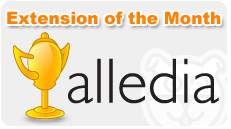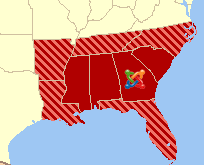How Can I Keep Track of People Visiting My Website?

Anyone like myself who spends all day online and browsing across many different websites, will be able to tell you one thing: “spotting an old-fashioned website is as easy as spotting an old-fashioned movie or car”. Wheres an old movie…


